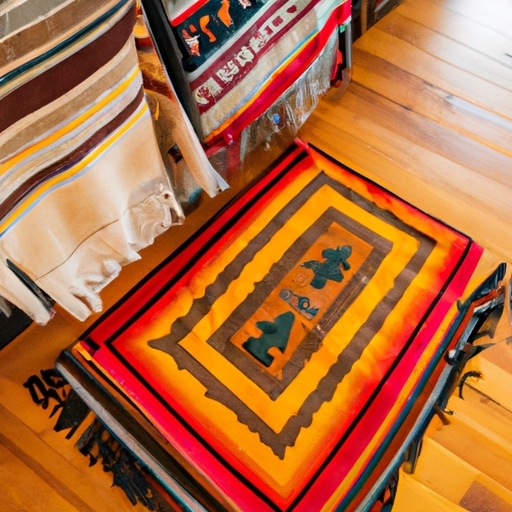When making southwestern rugs, it is important to take care when removing the rug from the loom. This step requires patience and attention to detail, as any excess yarn or loose threads need to be trimmed carefully. By taking the time to do this correctly, you can ensure that your rug looks its best and will last for years to come.
Southwestern rugs are known for their vibrant colors and intricate designs, which is why it is crucial to handle them with care during the finishing process. By following these steps, you can create a beautiful rug that will add warmth and character to any room in your home.
In addition to trimming any excess yarn or loose threads, it is also important to inspect the rug for any imperfections or inconsistencies. If you notice any areas that need fixing, take the time to make repairs before moving on to the next step in the process.
Overall, making southwestern rugs is a labor of love that requires attention to detail and precision. By following these steps carefully and taking your time, you can create a stunning rug that will be a focal point in your home for years to come.
Southwestern rugs are a beautiful addition to any home. These unique pieces of art can bring warmth and character to a room, adding a touch of the American Southwest to your decor.
To make your own southwestern rug, you will need some basic materials such as yarn, a loom, and a design in mind. You can choose from traditional geometric patterns or create your own unique design inspired by the colors and shapes of the desert landscape.
Begin by warping the loom with your chosen yarn colors, making sure to secure the ends tightly. Then, start weaving in your design using a plain weave technique. **Optional: Wash** and block the rug to help set the fibers and improve its overall appearance.
Once your rug is complete, you can proudly display it in your home as a one-of-a-kind piece that reflects your personal style and creativity. Whether you're looking to add a pop of color to a neutral room or create a cozy reading nook with southwestern flair, a handmade rug is sure to be a conversation starter for years to come.
